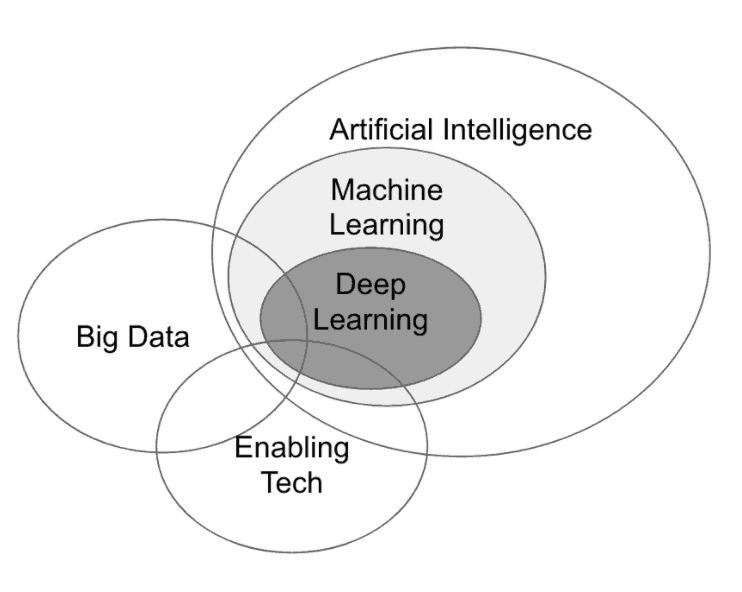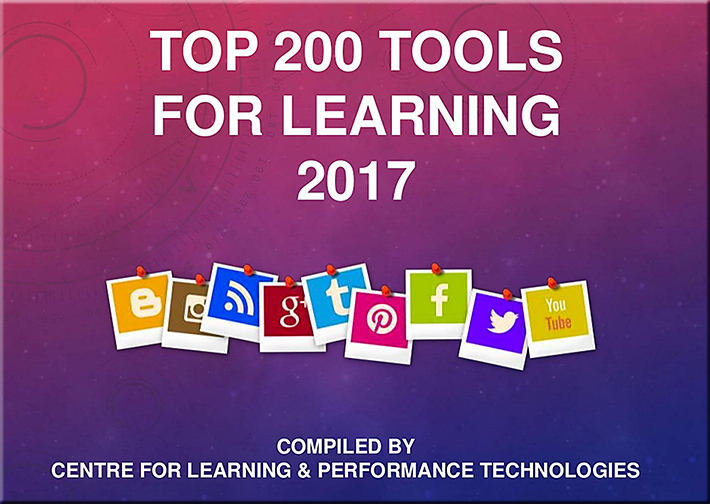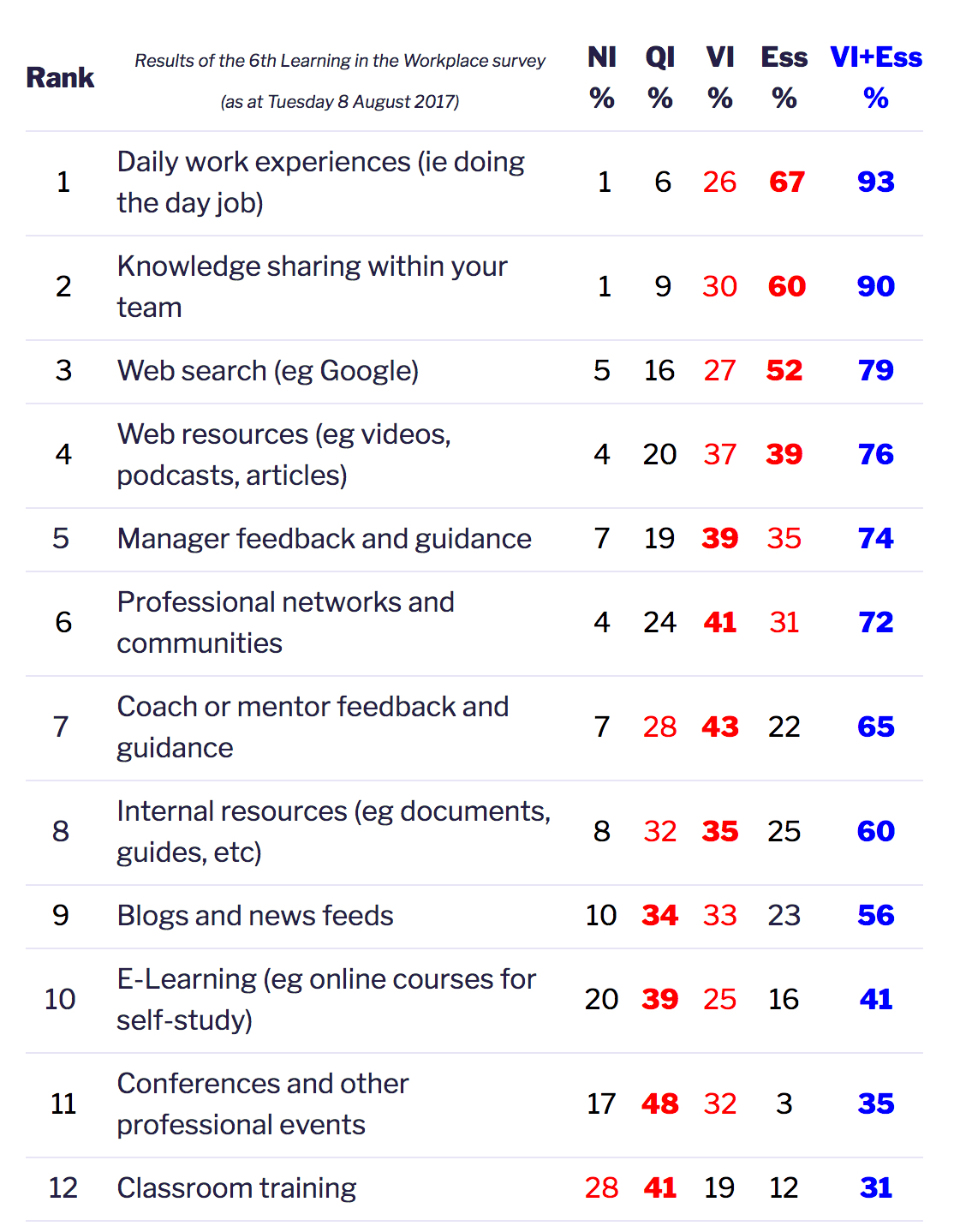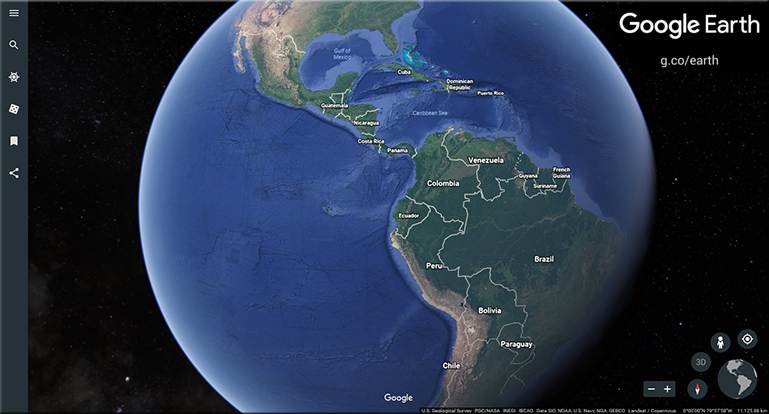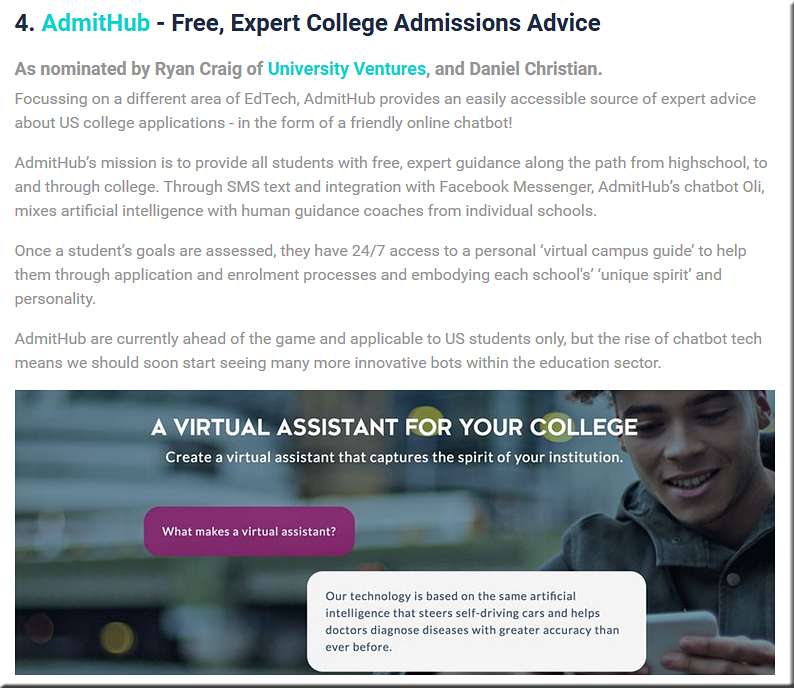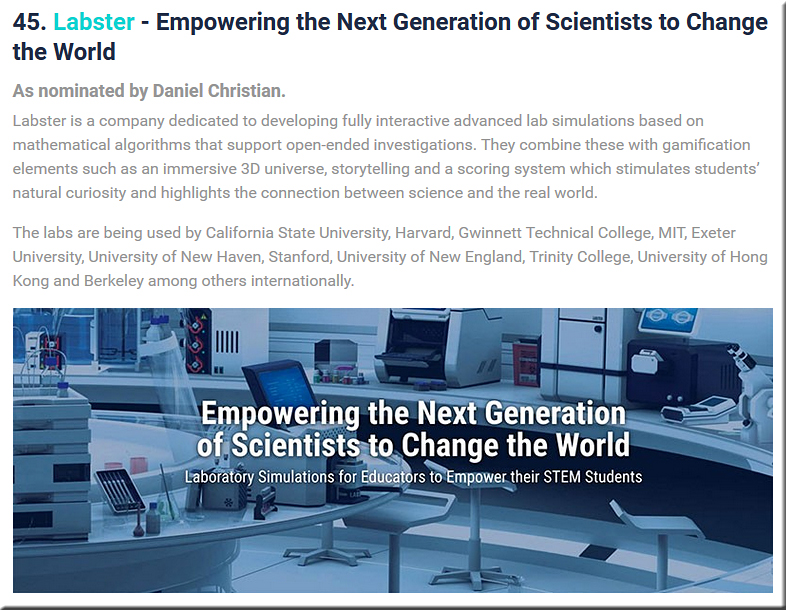The Space Satellite Revolution Could Turn Earth into a Surveillance Nightmare — from scout.ai by Becky Ferreira
Laser communication between satellites is revolutionizing our ability to track climate change, manage resources, and respond to natural disasters. But there are downsides to putting Earth under a giant microscope.
Excerpts:
And while universal broadband has the potential to open up business and education opportunities to hundreds of thousands of people, it’s the real-time satellite feeds of earth that may have both the most immediate and widespread financial upsides — and the most frightening surveillance implications — for the average person here on earth.
…
Among the industries most likely to benefit from laser communications between these satellites are agriculture and forestry.
…
Satellite data can also be used to engage the public in humanitarian efforts. In the wake of Typhoon Haiyan, DigitalGlobe launched online crowdsourcing campaigns to map damage and help NGOs respond on the ground. And they’ve been identifying vulnerable communities in South Sudan as the nation suffers through unrest and famine.
In an age of intensifying natural disasters, combining these tactics with live satellite video feeds could mean the difference between life and death for thousands of people.
…
Should a company, for example, be able to use real-time video feeds to track your physical location, perhaps in order to better target advertising? Should they be able to use facial recognition and sentiment analysis algorithms to assess your reactions to those ads in real time?
…
While these commercially available images aren’t yet sharp enough to pick up intimate details like faces or phone screens, it’s foreseeable that regulations will be eased to accommodate even sharper images. That trend will continue to prompt privacy concerns, especially if a switch to laser-based satellite communication enables near real-time coverage at high resolutions.
A kaleidoscopic swirl of possible futures confronts us, filled with scenarios where law enforcement officials could rewind satellite footage to identify people at a crime scene, or on a more familial level, parents could remotely watch their kids — or keep tabs on each other — from space. In that world, it’s not hard to imagine privacy becoming even more of a commodity, with wealthy enclaves lobbying to be erased from visual satellite feeds, in a geospatial version of “gated communities.”
From DSC:
The pros and cons of technologies…hmmm…this article nicely captures the pluses and minuses that societies around the globe need to be aware of, struggle with, and discuss with each other. Some exciting things here, but some disturbing things here as well.









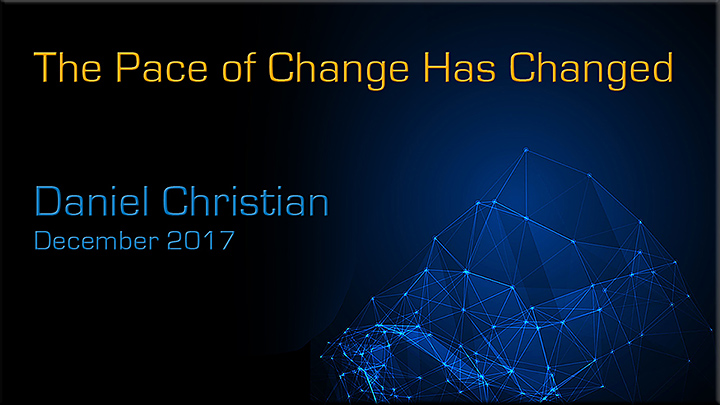
![The Living [Class] Room -- by Daniel Christian -- July 2012 -- a second device used in conjunction with a Smart/Connected TV](http://danielschristian.com/learning-ecosystems/wp-content/uploads/2012/07/The-Living-Class-Room-Daniel-S-Christian-July-2012.jpg)


